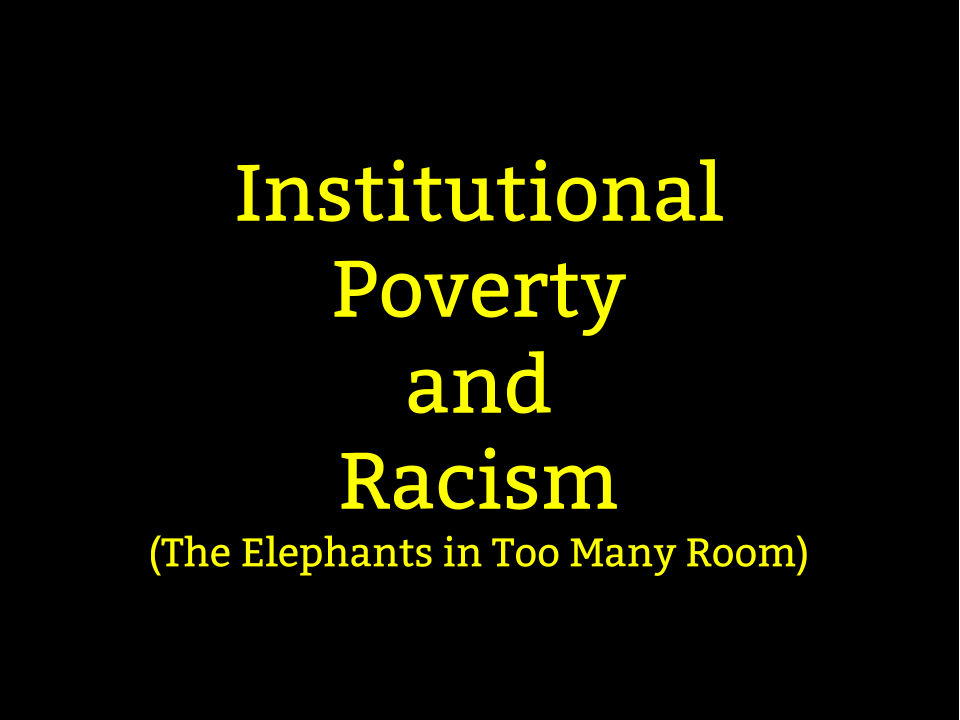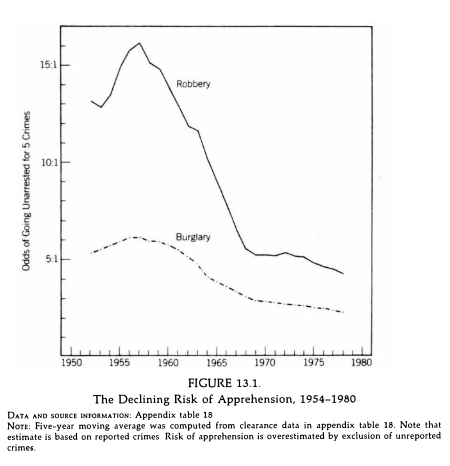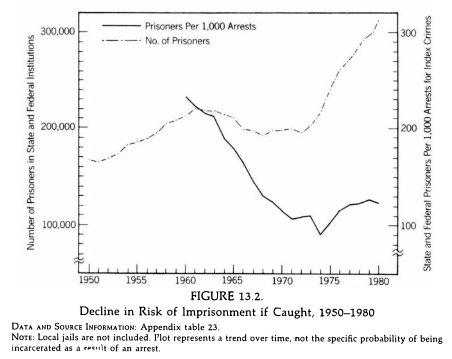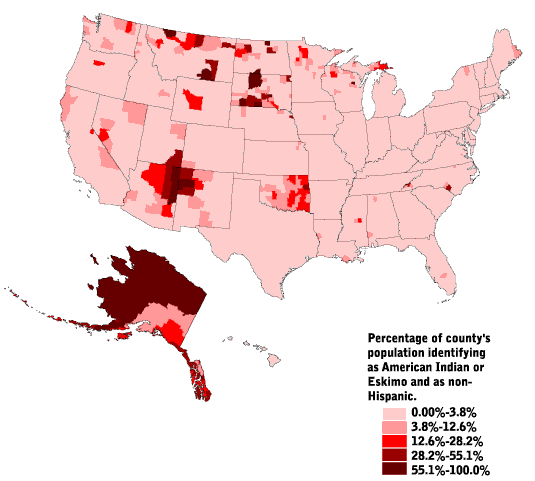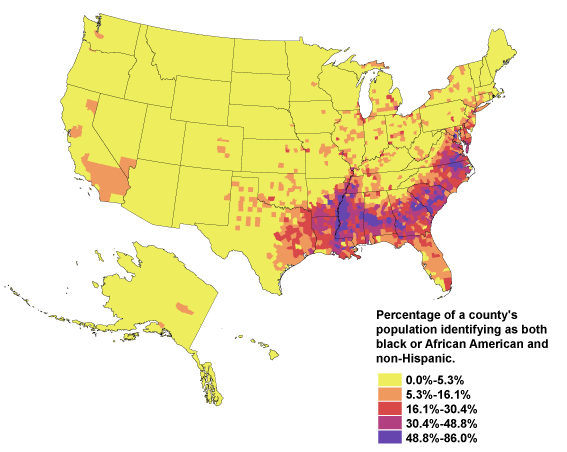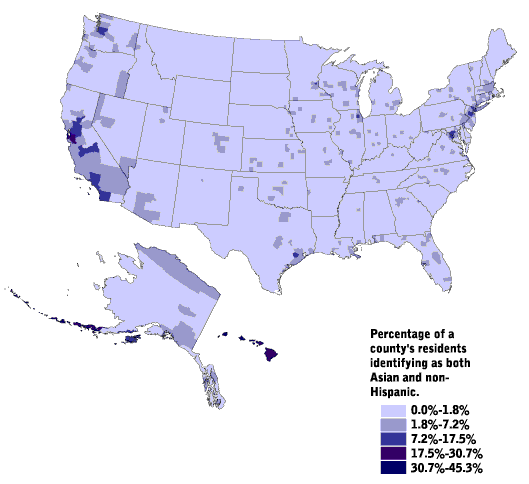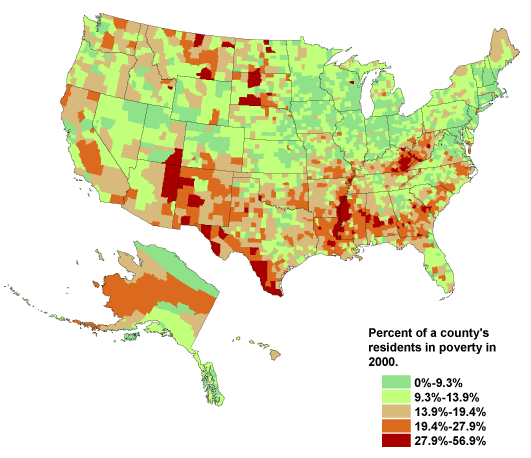The combined efforts of millions of concerned citizens could do wonders to help the impoverished. The American people are ready for action!
– Barbara Boxer
Writing on the Ed Week blogs, Massachusetts Secretary of Education Paul Reville recently posted about his state’s commonwealth’s move to close the poverty gap for its students.
Of all the gaps, the poverty gap takes up the most intellectual space in my head. Perhaps this is because it feels as though it takes up the least amount of space in the national ed dialogue.
Reville touted the progress being made in Mass. building bridges between social services and schools, working to get students the mental and physical health supports they need in the lowest achieving schools. He specifically cited the Mass. Achievement Gap Act of 2010 that “requires the state’s lowest performing schools to explicitly address, in their school turnaround plans, the health and social-emotional well-being of all students.”
This is a thoughtful and well-meaning requirement. The ends to which the Act attempts to make means have my full support.
I wonder if they have everyone’s.
I wonder if measures like “making provision for counselors or community engagement specialists to be employed full time to connect needy students and their families with supportive services designed to address out-of-school issues that threaten and disrupt student learning” are set to be the norm.
In my last school, when designing a community that could support some of the lowest achieving students from around the district, the planning committee attached one guidance counselor and one social worker per 100 students.
If a student didn’t show up to school, suffered a death in the family or any other event that pushed learning lower on the list of priorities, the school was able to act almost immediately to meet that student’s needs.
I’ve rarely seen anything so dialed in to supporting students’ socio-emotional needs.
These counselors and social workers did more than lighten the students’ loads. They lightened the workloads of teachers as well. Anyone who’s worked in a classroom knows the profession requires more than a mastery of content and its delivery. As the adults many of our students have the most frequent and prolonged content with each day, we are bond to become confidants. Having a guidance counselor literally just outside my door meant I could listen to a student’s problems, provide them with the support they needed in the moment and then connect them with an adult trained specifically to give them the long-term help they needed to come to terms with whatever challenges they were facing.
What frustrated me then is what frustrates me still, my students needed access to those services and supports long before they became low-achieving. At some point in their time in education, they were in schools much larger than ours with many fewer support personnel.
These students, like the students in the schools about which Reville writes, needed to fail so mightily, so loudly and in such high concentrations that the adults in their lives worked to build supports for them only when they had fallen as low as the system would allow.
Failing or underachieving or striving schools aren’t any of those things at all. They are students. Students who we require to fail before we give them the help they need.
It strikes me as wildly disingenuous to suggest any type of test scores were necessary before any district, state or federal office could surmise which students needed these support structures.
All anyone needed to do was ask the teachers.
